10 Best Medical Schools in the Philippines 2025
Did you know the Philippines ranks among the world’s top destinations for medical education, attracting thousands of local and international…

The best medical school in the Philippines is the University of the Philippines College of Medicine (UPCM) in Manila. It is widely recognized for its prestige, excellent faculty, top board exam passing rates, and strong focus on research and community service. UPCM consistently produces highly skilled doctors and medical leaders in the country.
Did you know the Philippines ranks among the world’s top destinations for medical education, attracting thousands of local and international students annually?
If you’re searching for the best medical schools in the Philippines, you’re not alone—future doctors are eager to find programs with excellent faculty, modern facilities, strong licensure passing rates, and global recognition.
In this guide, you’ll gain insider insights into the top medical universities, detailed comparisons, and expert tips to confidently choose the ideal school in your journey to become a doctor.
Key Takeaways:
The University of the Philippines College of Medicine (UPCM) stands out as the best medical school in the Philippines due to its prestige, consistent top licensure exam performance, and strong commitment to research and community service.
Other leading schools such as Ateneo School of Medicine and Public Health, UST-FMS, CIM, and SLMCCM also offer excellent education, modern facilities, and unique program features.
Choosing the right medical school depends on your academic goals, budget, preferred location, and desired learning environment—each of the top 10 schools offers a distinct path to becoming a competent, compassionate physician in the Philippines.
Related articles:
Comparison Table of the 10 Best Medical Schools in the Philippines
| School | Location | Tuition (Annual) | 2024 Passing Rate (Apr + Oct) | Notable Strengths |
|---|---|---|---|---|
 | Manila | PHP 40,000 | 96.3% | Research, Service |
 | Pasig | PHP 320,000 | 86.1% | MD-MBA, Innovation |
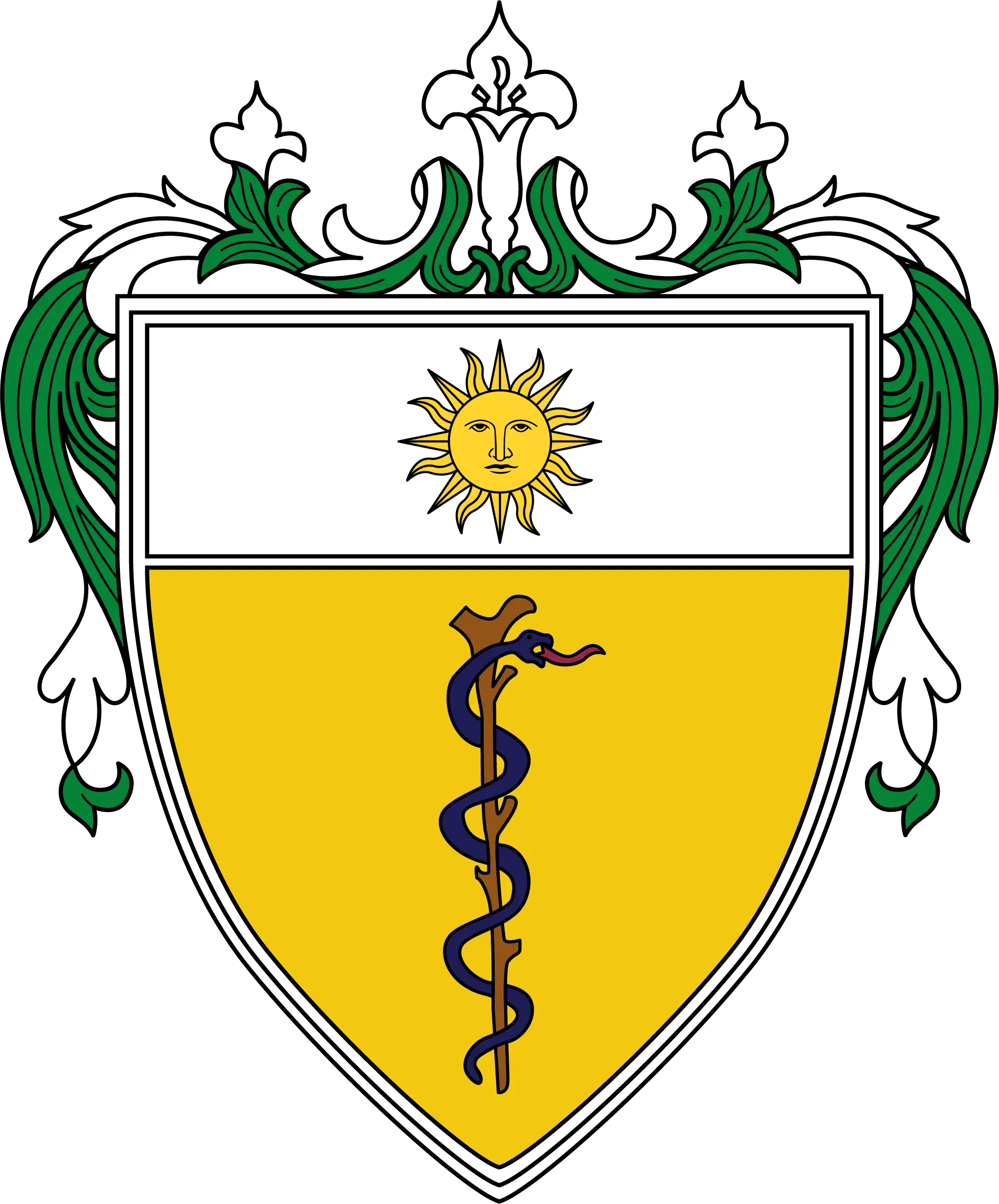 | Manila | PHP 150,000 | 88.7% | Tradition, Alumni |
 | Cebu | PHP 90,000 | 95.1% | Performance, Mentorship |
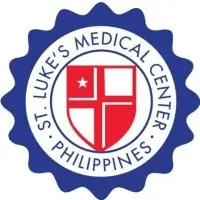 | Quezon | PHP 360,000 | 94.4% | Research, Global Reach |
 | Manila | PHP 60,000 (or FREE) | 95.6% | Accessible, Social Impact |
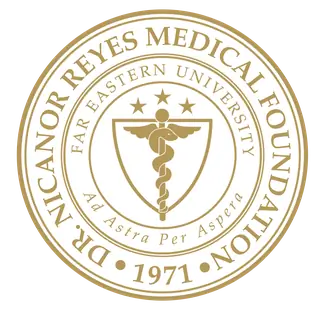 | Quezon | PHP 135,000 | 70.2% | Alumni, Facilities |
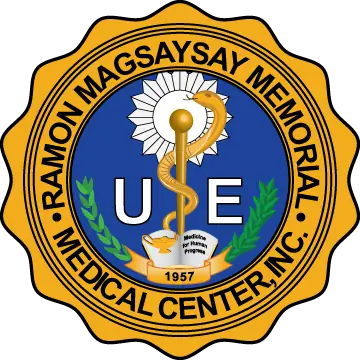 | Quezon | PHP 155,000 | 92.3% | Clinical Training |
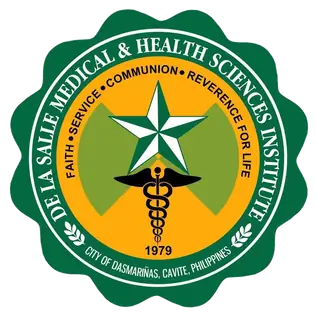 | Cavite | PHP 185,000 | 56.7% | Holistic, Innovation |
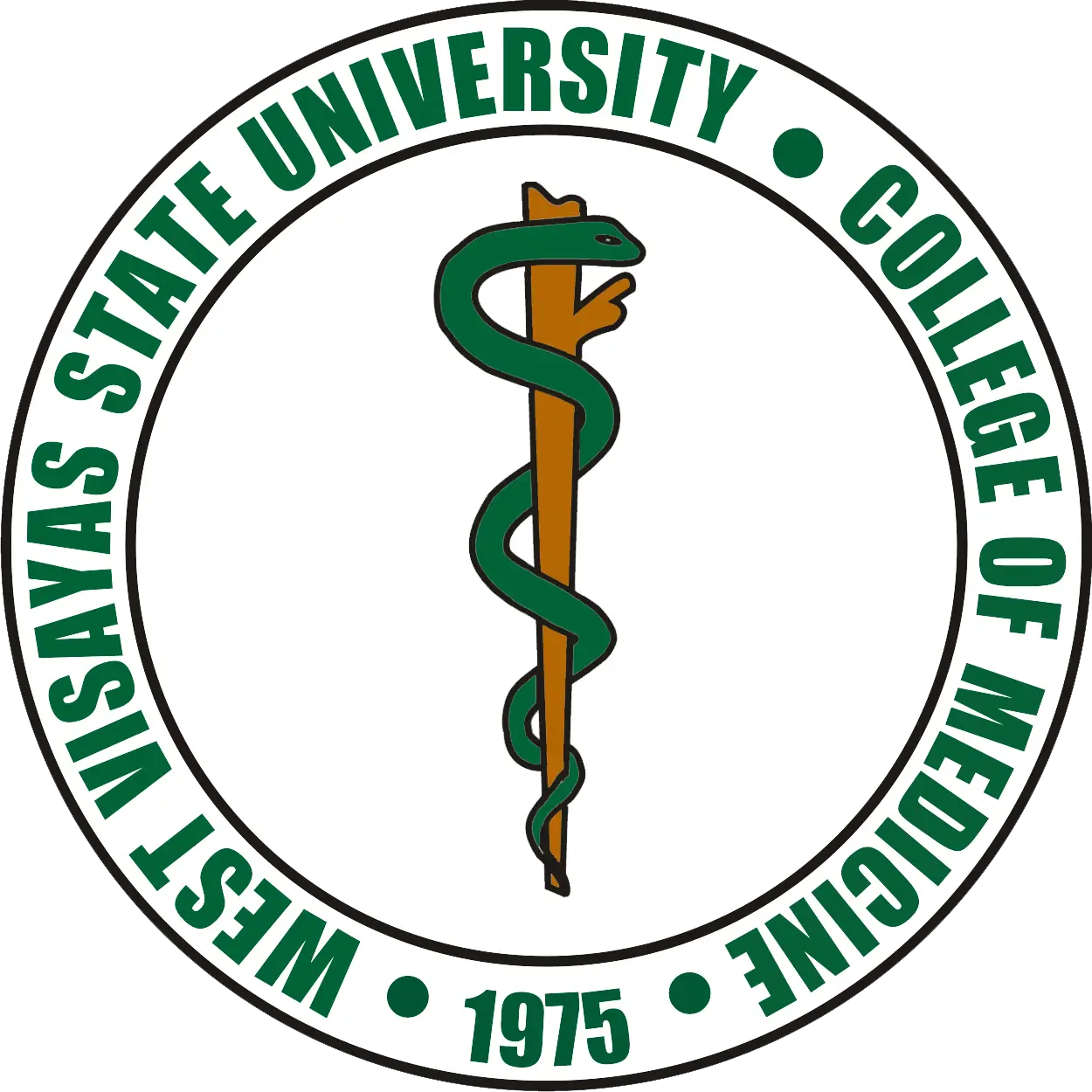 | Iloilo | PHP 40,000 | 87.4% | Public Health, Affordability |

1. University of the Philippines College of Medicine (UPCM)
Location: Manila
Website: https://www.upm.edu.ph/college-of-medicine/
Tuition: ~ PHP 40,000/year (heavily subsidized; scholarships available)
Licensure Passing Rate (2024): 96.3%
Number of Examinees: 187
Number of Passers: 180
The University of the Philippines not only tops as the best university in the Philippines, but also in medical school. UPCM’s Return Service Program encourages graduates to serve in underserved Filipino communities, setting a national standard for medical service.
Why It’s the Best:
- The most prestigious medical school in the Philippines, UPCM is synonymous with excellence, innovation, and leadership in healthcare.
- Consistently boasts the highest board exam passing rates and has produced many of the nation’s top medical practitioners and leaders.
- Focuses on research, public health, and holistic patient care.
- Offers strong scholarships and community immersion programs.
Pros
Top-notch faculty and clinical training at the UP-Philippine General Hospital (PGH)
Extensive research opportunities and public health initiatives
Affordable tuition with government and private funding options
Cons
Highly competitive admissions process
Heavy academic workload
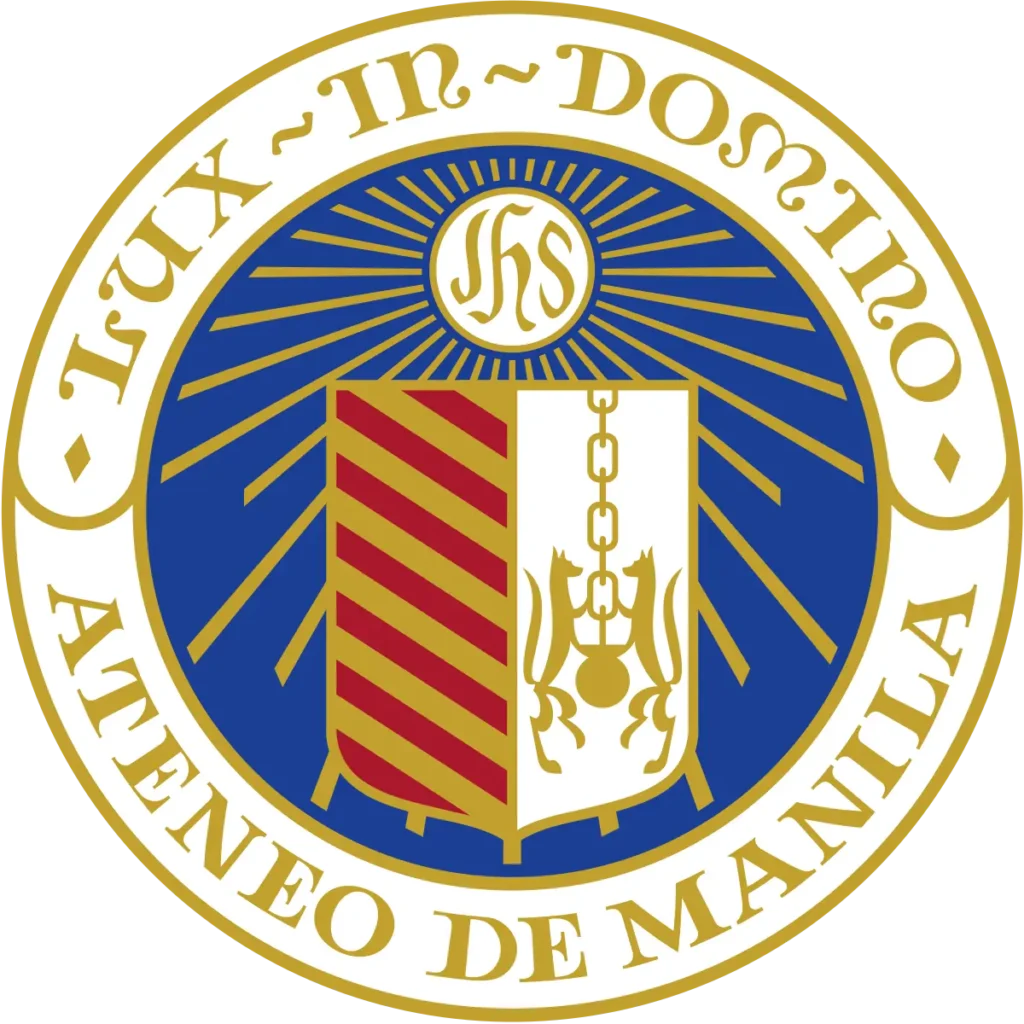
2. Ateneo School of Medicine and Public Health (ASMPH)
Location: Pasig City
Website: https://www.asmph.ateneo.edu/home
Tuition: ~ PHP 160,000/semester
Licensure Passing Rate (2024): 86.1%
Number of Examinees: 173
Number of Passers: 149
Graduates are not just doctors—they are changemakers ready to lead healthcare systems in the Philippines and beyond.
Key Features:
- The only dual-degree program in the Philippines: MD-MBA, equipping graduates for leadership in both medicine and healthcare administration.
- Known for its innovative curriculum, integrating medicine with public health, management, and leadership training.
Pros
Modern, problem-based learning (PBL) pedagogy
World-class faculty and state-of-the-art facilities
Strong partnerships with public and private hospitals
Cons
Higher tuition compared to public schools
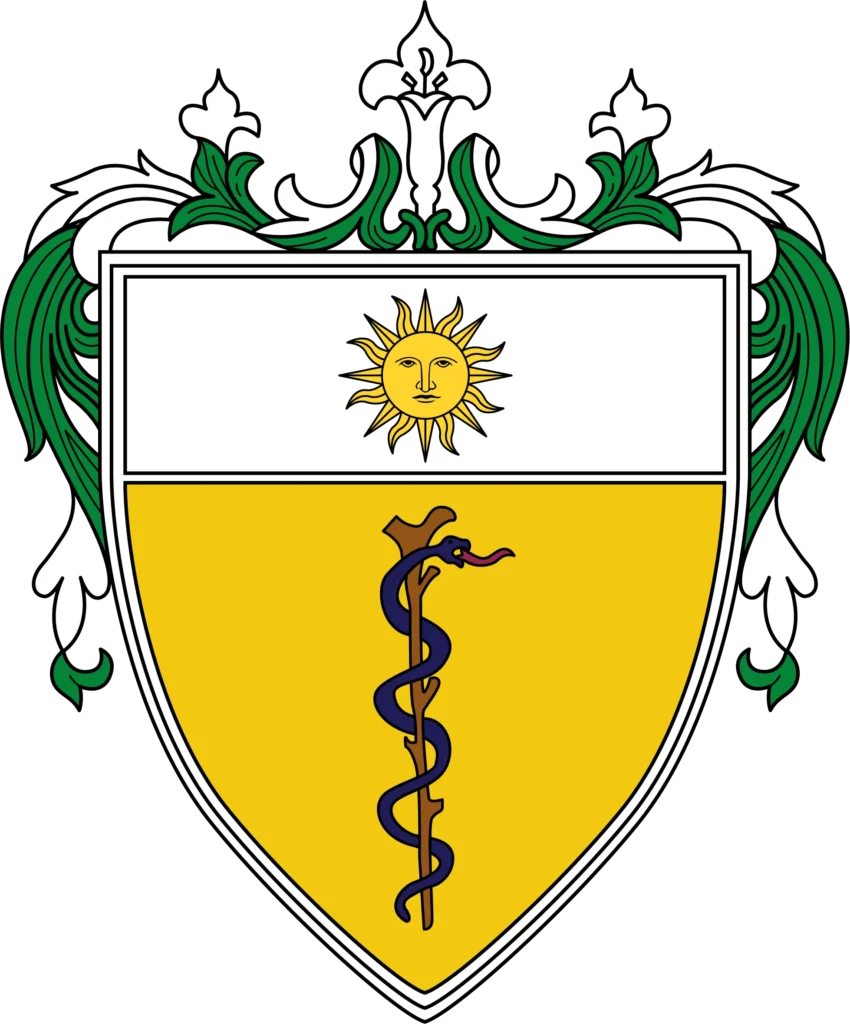
3. University of Santo Tomas – Faculty of Medicine and Surgery (UST-FMS)
Location: Manila
Website: https://www.ust.edu.ph/medicine/
Tuition: ~ PHP 140,000-160,000/year
Licensure Passing Rate (2024): 88.7%
Number of Examinees: 505
Number of Passers: 448
UST is the second top producer of medical doctors with 448 total passers in 2024 licensure examinations. UST’s centuries-old legacy combines faith-based education with modern medical science for a well-rounded formation.
Key Features:
- The oldest medical school in the Philippines (est. 1871), blending tradition with innovative medical training.
- Large, diverse student population and network of alumni.
Pros
Well-equipped laboratory and simulation centers
Extensive clinical exposure at the UST Hospital and affiliated centers
Robust student support and extracurricular activities
Cons
High student-to-faculty ratio

4. Cebu Institute of Medicine (CIM)
Location: Cebu City
Website: https://cim.edu.ph/
Tuition: ~ PHP 80,000-100,000/year
Licensure Passing Rate (2024): 95.1% (one of the highest nationwide)
Number of Examinees: 142
Number of Passers: 135
CIM’s “whole person” approach ensures graduates are clinically competent and socially responsible.
Key Features:
- Consistently among the top-performing schools in the Physician Licensure Exam.
- Emphasizes community-based learning and research.
Pros
Affordable tuition, especially for Visayas and Mindanao students
Personal mentorship and support for students
Close collaboration with Cebu Velez General Hospital
Cons
Smaller campus compared to Metro Manila counterparts

5. St. Luke’s Medical Center College of Medicine-William H. Quasha Memorial (SLMCCM)
Location: Quezon City
Website: https://slmc-cm.edu.ph/
Tuition: ~ PHP 180,000/semester
Licensure Passing Rate (2024): 94.4%
Number of Examinees: 125
Number of Passers: 118
SLMCCM’s international network and research prowess open doors worldwide for its graduates.
Key Features:
- Affiliated with one of Asia’s best private hospitals, St. Luke’s Medical Center.
- Focuses on research, innovation, and global health.
Pros
International exposure through exchange and elective programs
Cutting-edge facilities and simulation labs
Opportunities for research and publication
Cons
Tuition among the highest in the country

6. Far Eastern University-Nicanor Reyes Medical Foundation (FEU-NRMF)
Location: Quezon City
Website: https://www.feu-nrmf.edu.ph/
Tuition: ~ PHP 120,000-150,000/year
Licensure Passing Rate (2024): 70.2%
Number of Examinees: 768
Number of Passers: 539
With 539 new physicians in 2024, FEU-NRMF is the top producer of medical professionals in the Philippines. Its holistic curriculum and excellent hospital affiliations provide a strong stepping stone to medical careers worldwide.
Key Features:
- Proven track record of producing consistently top-notch board exam passers.
- State-of-the-art hospital and clinical training centers.
Pros
Well-recognized faculty and hospital exposure
Modern campus with comprehensive simulation facilities
Strong alumni network in the Philippines and abroad
Cons
Competitive admissions

7. Pamantasan ng Lungsod ng Maynila College of Medicine (PLM)
Location: Manila
Website: https://web1.plm.edu.ph/crs/mcat/index.php
Tuition: Free for Manila residents (scholarship-based; ~ PHP 60,000/year for non-residents)
Licensure Passing Rate (2024): 95.6%
Number of Examinees: 136
Number of Passers: 130
PLM serves as an excellent launchpad for students seeking community-based practice and social impact.
Key Features:
- Renowned for affordability and social relevance focus—strong emphasis on primary care and public service.
- Ties with Ospital ng Maynila for clinical training.
Pros
Accessible quality medical education
High board exam performance
Excellent training in resource-limited settings
Cons
Limited slots per year; very competitive admissions

8. University of the East Ramon Magsaysay Memorial Medical Center (UERMMMC)
Location: Quezon City
Website: https://www.uerm.edu.ph/
Tuition: ~ PHP 140,000-170,000/year
Licensure Passing Rate (2024): 92.3%
Number of Examinees: 418
Number of Passers: 386
UERMMMC’s focus on practical medicine and service learning shapes “doers” ready for any healthcare environment.
Key Features:
- Leading institution in clinical skills training and community medicine.
- Multiple international linkages and research programs.
Pros
Highly interactive medical modules and hands-on training
Modern simulation and clinical facilities
Active student organizations and community projects
Cons
Urban location can be overwhelming for some students

9. De La Salle Medical and Health Sciences Institute (DLSMHSI)
Location: Dasmariñas, Cavite
Website: https://www.dlshsi.edu.ph/
Tuition: ~ PHP 170,000-200,000/year
Licensure Passing Rate (2024): 56.7%
Number of Examinees: 386
Number of Passers: 219
DLSMHSI’s integration of science, service, and ethical values fosters true leaders in healthcare.
Key Features:
- Lasallian holistic approach combining values, science, and service.
- Strong training hospital with modern equipment and technology.
Pros
Great campus environment with a multidisciplinary health complex
Focus on research, innovation, and patient-centered care
High rate of international medical career placements
Cons
Tuition among the highest outside Metro Manila

10. West Visayas State University College of Medicine (WVSU)
Location: Iloilo City
Website: https://wvsu.edu.ph/academics/units/college-of-medicine/
Tuition: ~ PHP 30,000-50,000/year (public)
Licensure Passing Rate (2024): 87.4%
Number of Examinees: 135
Number of Passers: 118
WVSU’s blend of clinical excellence and community commitment produces physicians who make a difference in underserved areas.
Key Features:
- Premier medical school outside Metro Manila with outstanding board performance.
- Prioritizes accessibility, public health, and service to the Visayas and Mindanao regions.
Pros
Affordable tuition and strong scholarship support
Extensive community exposure and primary care focus
Exceptional faculty and student mentorship
Cons
Limited research opportunities compared to Metro Manila institutions

Tips for Choosing the Best Medical School in the Philippines
Pick a school that matches your goals, budget, and location preference—all these factors impact your experience and future.
- Accreditation: Verify if the school is CHED-recognized and PAASCU/FAAP-accredited.
- Licensure Passing Rates: Check the latest board exam results!
- Tuition and Scholarships: Factor in costs, financial aid, and availability of scholarships.
- Curriculum & Training: Does the school emphasize hands-on clinical exposure, research, and holistic education?
- Campus Facilities: Assess hospitals and simulation centers—these boost your real-world readiness.
- Alumni Success: Look at where graduates are practicing—local or abroad.
- Student Support: Consider mentorship, counseling, and extracurricular resources.
FAQ
Which university in the Philippines produces the top medical doctors?
The University of the Philippines College of Medicine (UPCM) is widely recognized for producing many of the country’s most accomplished and influential medical doctors. Its alumni frequently occupy leadership roles in hospitals, government, and academia.
Which medical school is considered the most reputable in the country?
UPCM holds the distinction of being the most reputable medical school in the Philippines, known for its rigorous training, high standards, and significant contributions to medical research and public health.
What is the leading institution for aspiring physicians in the Philippines?
The University of the Philippines College of Medicine is regarded as the leading institution for those aiming to become physicians, consistently ranked first in board exam performance and overall academic excellence.
Which medical school in the Philippines has the highest board exam passing rate?
In recent years, the Cebu Institute of Medicine (CIM) has achieved the highest board exam passing rates, with some batches reaching nearly 100% success in the Physician Licensure Exam.
Which medical college is known for having the most challenging admission and curriculum?
UP College of Medicine is famous for its highly competitive admissions process and demanding curriculum, making it one of the toughest institutions to enter and succeed in.
What is the total duration of medical education and training to become a doctor in the Philippines?
Becoming a doctor in the Philippines typically takes about 10 years: four years of undergraduate/pre-med studies, four years of medical school, and at least one year each of internship and post-graduate internship or residency training.
Final Thoughts
Are you ready to pursue your dream of becoming a doctor? Comment below with your questions or share your own experiences! For more tips and in-depth guides, subscribe to our newsletter or follow us on Facebook and Twitter for updates.
References:
* Oct 2024 Physicians Licensure Examination Results





